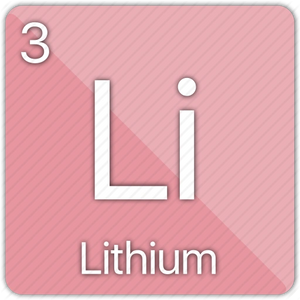Signed in as:
filler@godaddy.com
Signed in as:
filler@godaddy.com
Here is a little more information on contamination found during oil analysis.

Used in high performance grease.

Most commonly found if there is a coolant mixing with, and contaminating, engine oil.

Most common contaminant in lube oil. Abundant in all areas, sand is a very hard crystalline material, and very abrasive to metal components.

Corrosion inhibitor additive.
Also indicates coolant leak into the oil.
Can also be from road Salt, Sea water, Ingested Dirt.
Important in anticipating potential system or machine problems. This is especially true in hydraulic systems. The particle count analysis made as part of a normal lube oil analysis is quite different from wear particle analysis.
In this test, high particle counts indicate that machinery may be wearing abnormally or that failures may occur as a result of temporarily or permanently blocked orifices. No attempt is made to determine the wear patterns, size, or other factors that would identify the failure mode within the machine.
Typical tests are: ISO 4406 and NAS 1638 or SAE 749

Visual guide to grading differences in ISO particle count.
Pump 250 l/min
ISO 4406 21/18
4375 kg of dirt will pass through the pump each year.
Expected pump life = 2 years
Pump 250 l/min
ISO 4406 14/11
25 kg of dirt will pass through the pump each year.
Expected pump life = >14 years
Copyright © 2020 Machine Diagnostics Ltd - All Rights Reserved.
This website uses cookies. By continuing to use this site, you accept our use of cookies.